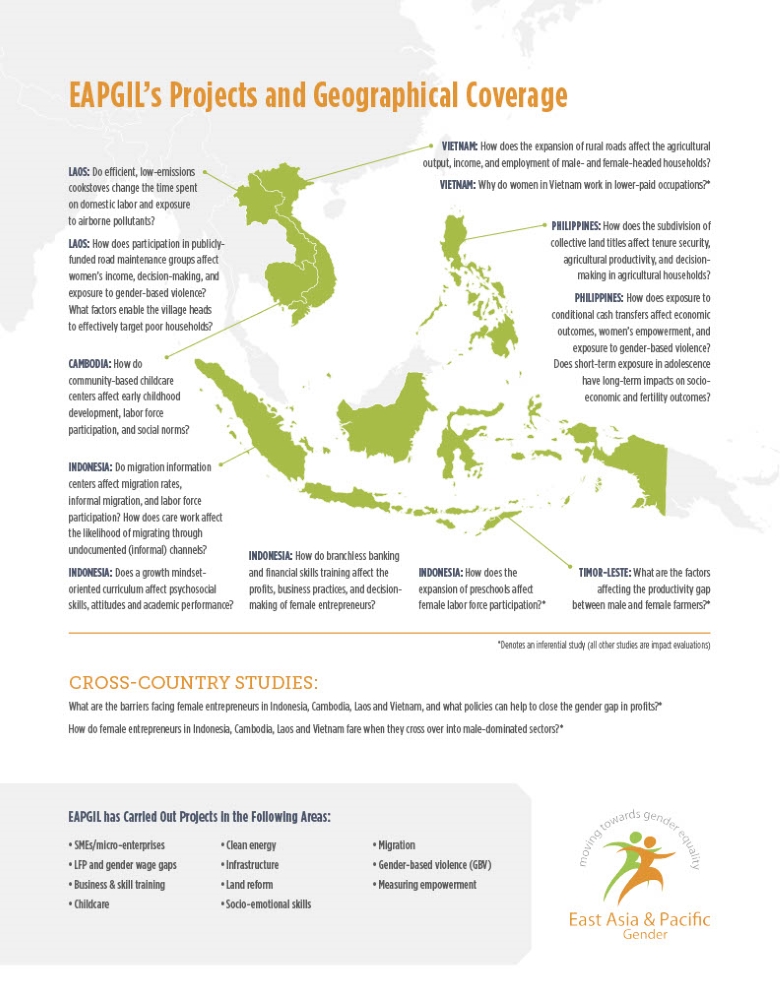Discover how innovation and perseverance are paving the way for economic growth in India and China despite persistent challenges.
Table of Contents
Developing countries like India and China have made remarkable strides in their economic development over the past few decades. However, they still face numerous challenges that hinder their progress towards sustainable growth and prosperity.
India
India is a country of contrasts – a land of immense wealth and opportunity, yet plagued by widespread poverty and inequality. One of the key challenges facing India’s economy is the issue of income inequality. The gap between the rich and the poor continues to widen, with a significant portion of the population living below the poverty line.
Additionally, India’s infrastructure is often inadequate, particularly in rural areas, which limits access to basic services such as healthcare and education. Bureaucratic hurdles and red tape also pose challenges for businesses, slowing down economic growth and investment.
Despite these challenges, India has shown resilience in the face of adversity, particularly during the COVID-19 pandemic. The country has taken steps to boost economic recovery and provide support to those most affected by the crisis.
China
China, on the other hand, has seen rapid economic growth over the past few decades, but it too faces challenges that threaten its stability. Rising debt levels and financial risks pose a significant threat to China’s economy, risking a potential financial crisis in the future.
The country is also in the midst of a transition from an export-driven to a consumption-driven economy, which comes with its own set of challenges. Environmental degradation and air pollution are major concerns in China, threatening the health and well-being of its citizens.
Furthermore, trade tensions with the United States have added another layer of complexity to China’s economic challenges, affecting its global competitiveness and trade relationships.
Economic Challenges in Other Developing Countries
Kenya faces high unemployment rates and a large informal economy, which limit opportunities for economic growth and development. Weak governance and corruption further exacerbate the challenges facing the country, hindering progress in crucial areas such as healthcare and education.

Image courtesy of www.worldbank.org via Google Images
In Bangladesh, vulnerability to climate change and natural disasters poses a significant threat to the country’s economic stability. The garment industry, a major contributor to Bangladesh’s economy, faces challenges related to labor rights and worker safety.
In Sri Lanka, rising public debt and fiscal deficits present significant economic challenges, while ethnic and religious tensions threaten social cohesion and stability. Dependence on the tourism industry leaves the country vulnerable to external shocks and global economic trends.
Similarly, Brazil grapples with income inequality and social disparities, compounded by political instability and corruption scandals. Environmental degradation, particularly in the Amazon rainforest, poses serious challenges to Brazil’s sustainable development efforts.
Conclusion
Despite the numerous economic challenges facing developing countries like India and China, there is reason for optimism. These countries have shown resilience and determination in overcoming obstacles and driving progress towards sustainable development.
International cooperation and support are crucial in helping these countries address their economic challenges and build a more prosperous future for their citizens. By breaking down barriers and fostering innovation and collaboration, developing countries can overcome their economic hurdles and achieve lasting growth and prosperity.
Generated by Texta.ai Blog Automation

